Kinugawa Onsen a few hours north of Tokyo is in many ways the perfect symbol of Japan’s numerous old resort towns. Faded, down-at-heel places whose best days are long gone and slow decline is now the harsh and very visible reality.
Coming of age as it were during the mass tourism boom of the 1950s and 60s, the success of those times in many ways led to Kinugawa’s subsequent downfall, as it resulted in more, and ever bigger hotels, culminating in the construction madness of the bubble years. The inevitable bursting of said bubble in the early 90s, however, promptly put an end to such developments, and the area’s visitor numbers peaked around the same time. Since then it’s been a gradual spiral downwards, both in popularity and appearance.
Understandably there’s now a concerted effort to demolish the many hotels that fell foul of changing times and trends, but the damage can’t be so easily undone, as whatever beauty the river and surrounding landscape once possessed has long since been lost. Local businesses have also suffered, with many now no more, as the former white-walled behemoths that dominate the town catered to their customers’ every need, meaning guests didn’t have to leave the premises.
Several decades after its peak then, here are some photos of Kinugawa Onsen at the end of 2022. A fascinating place in so many ways, but none of them are what the money men would have hoped for when they set out about changing it all those years ago.
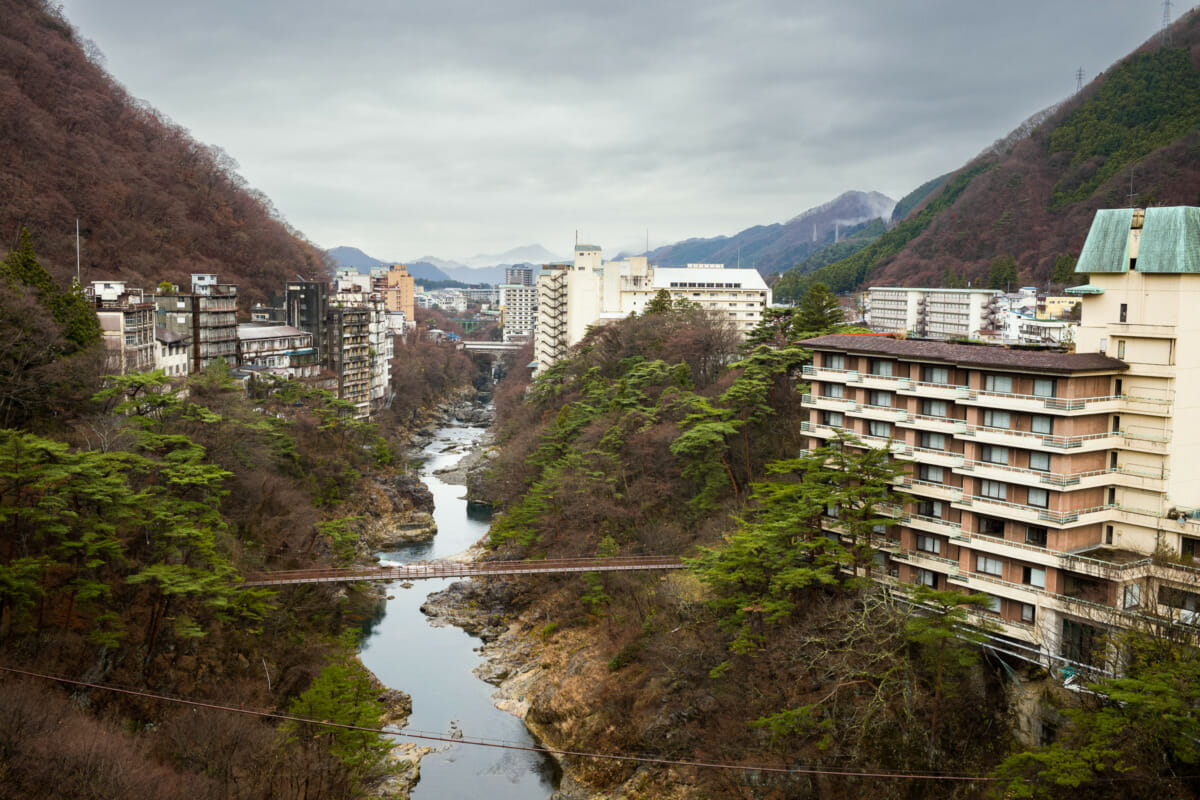
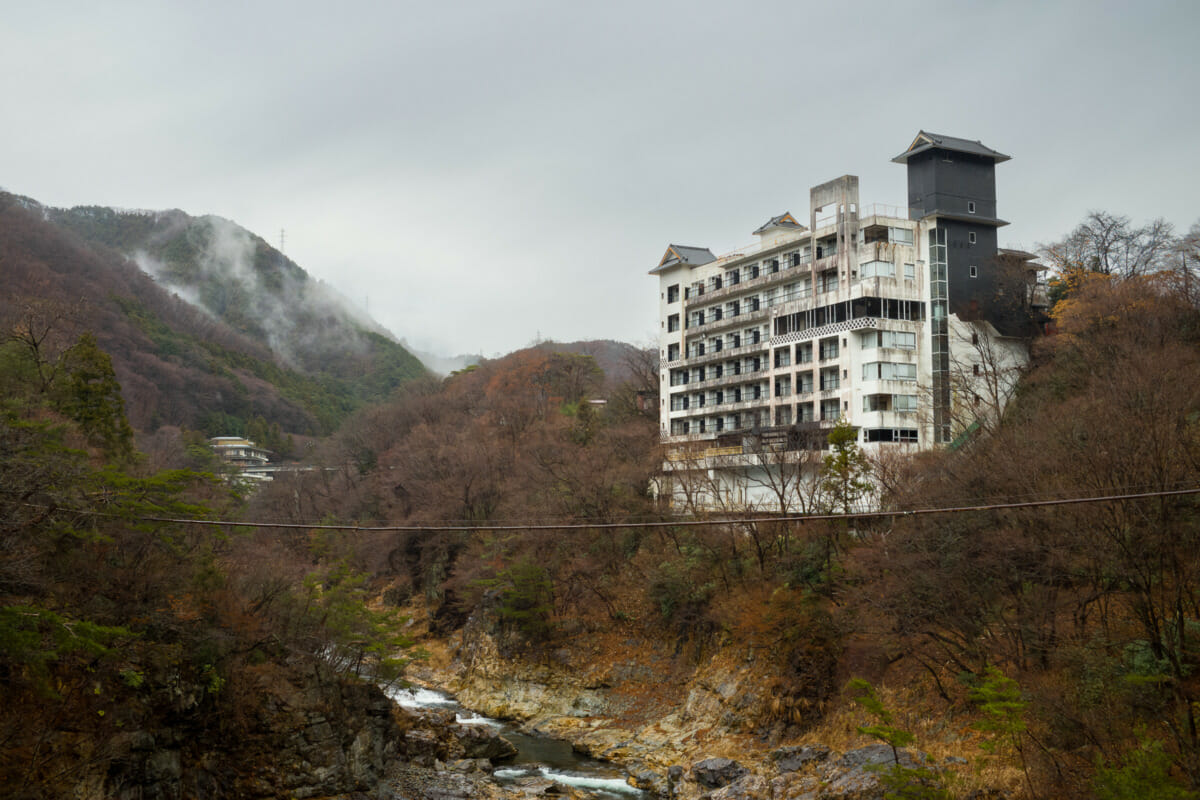
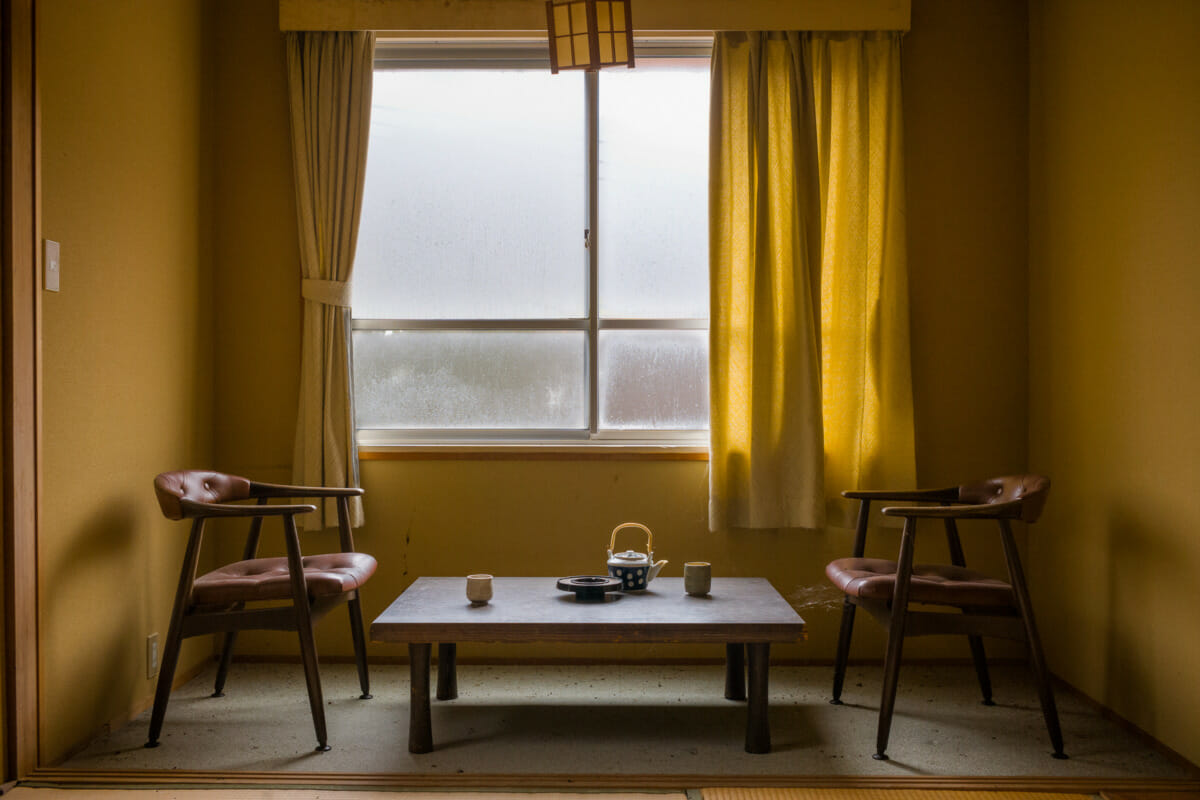
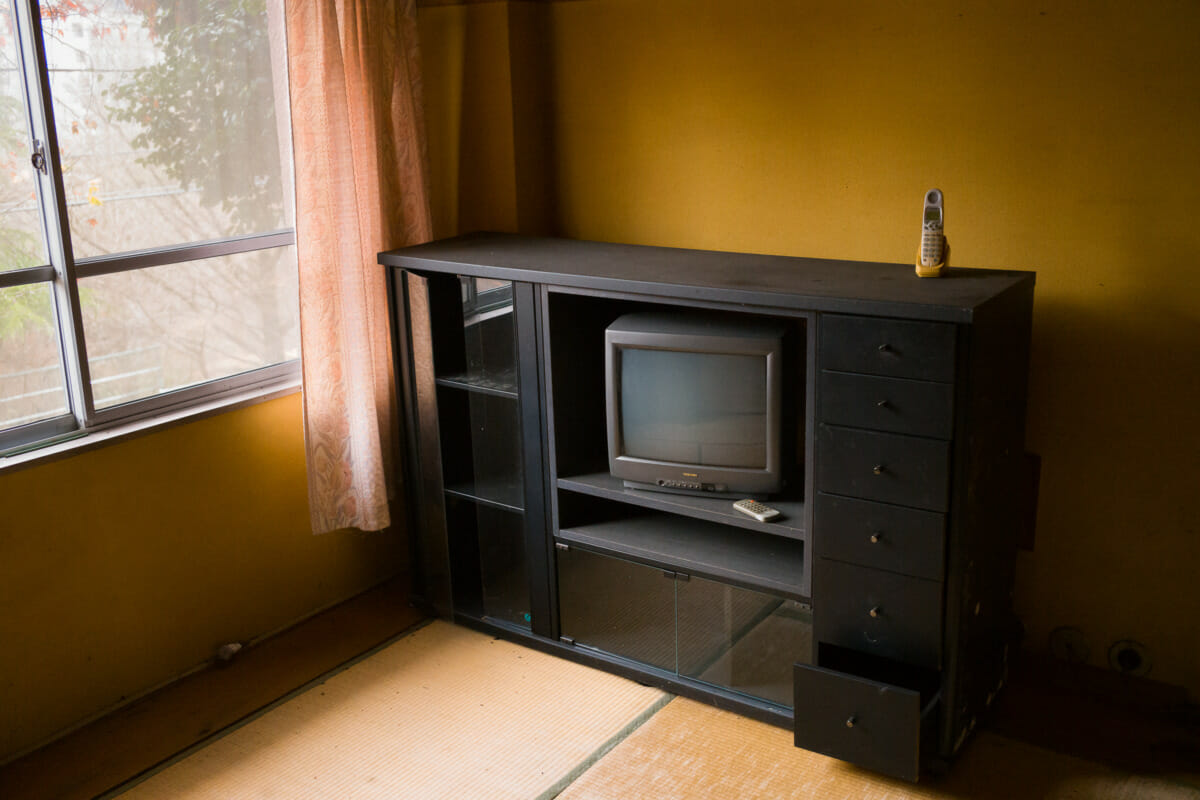

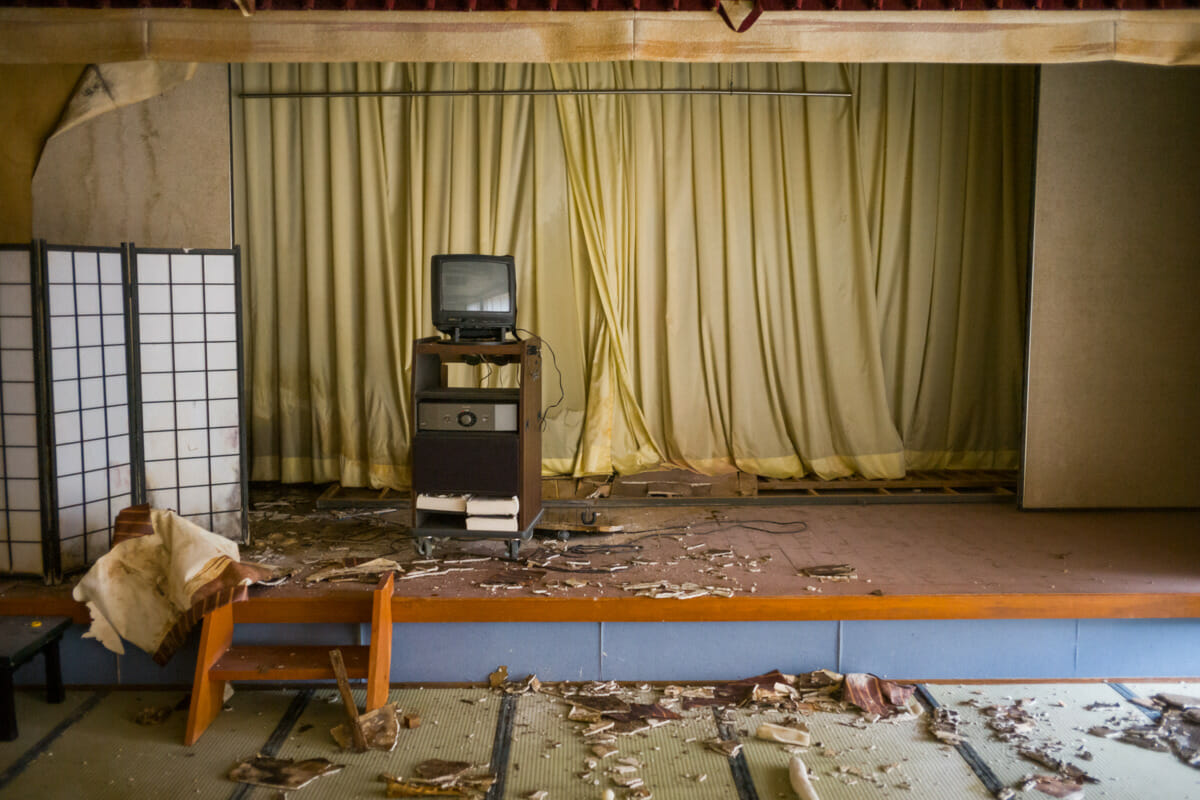
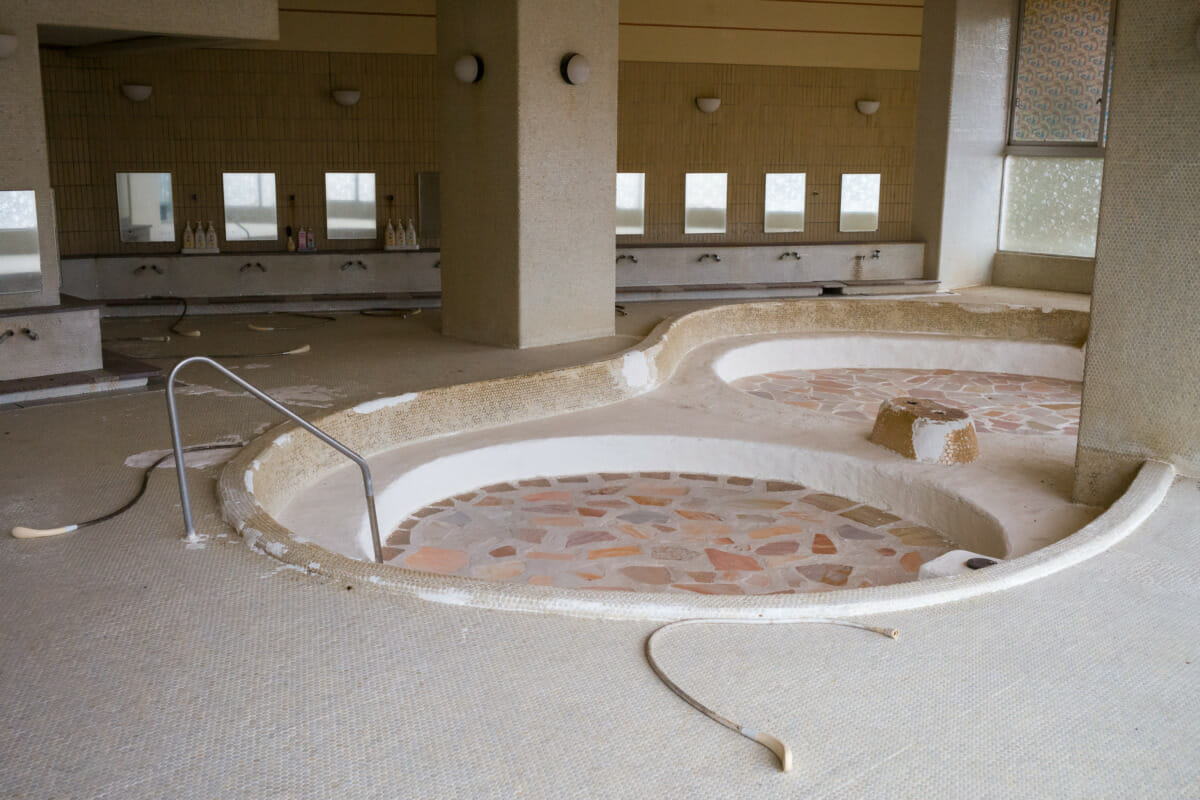
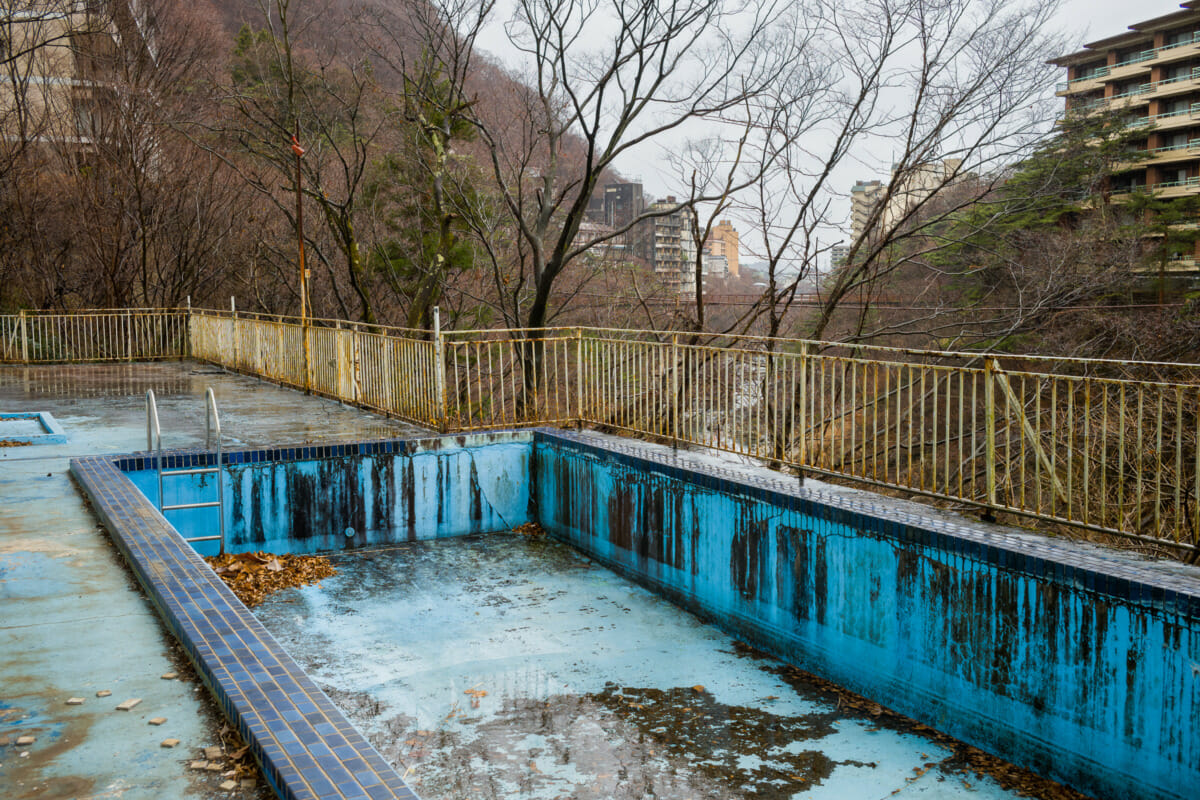
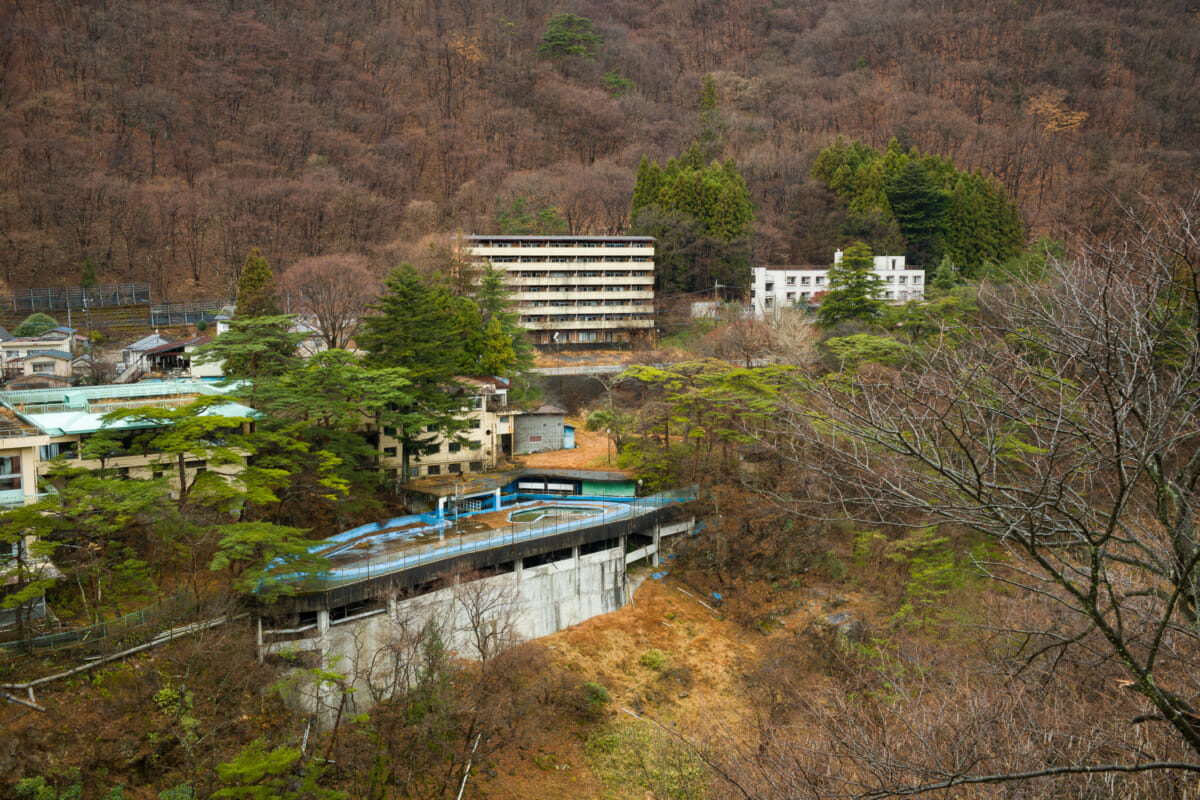
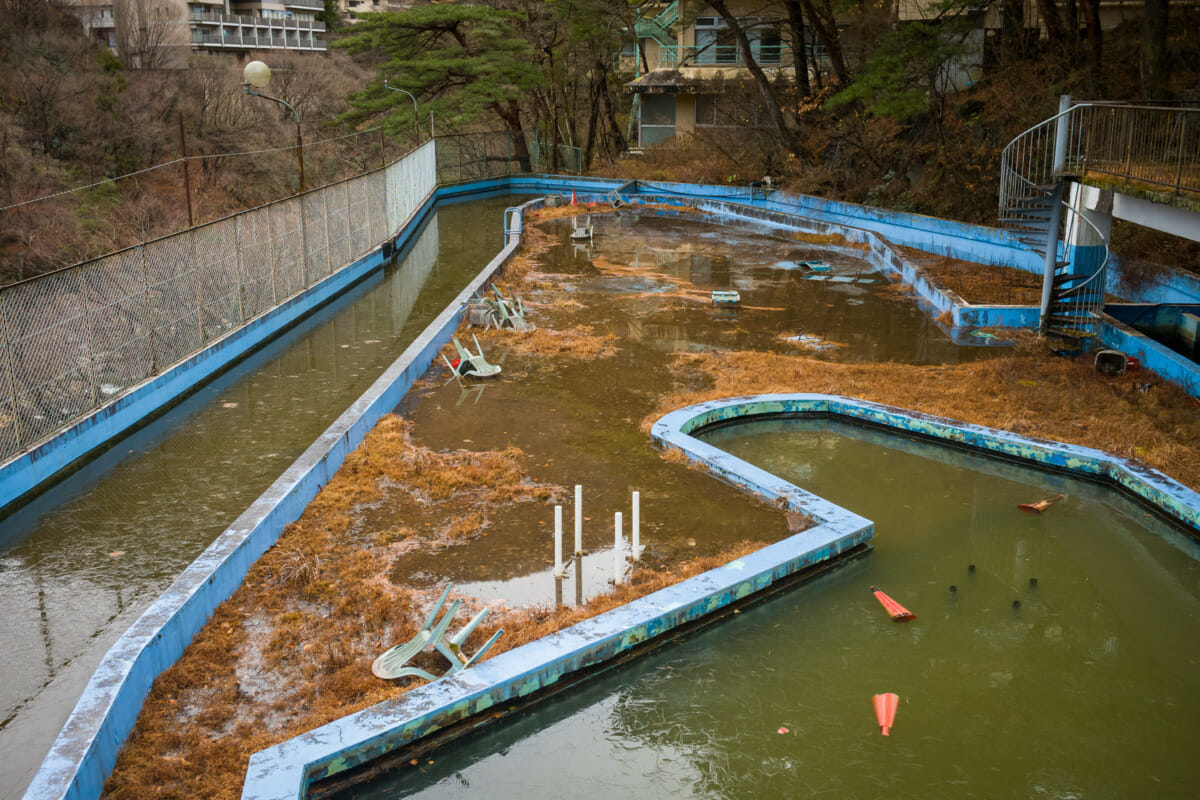
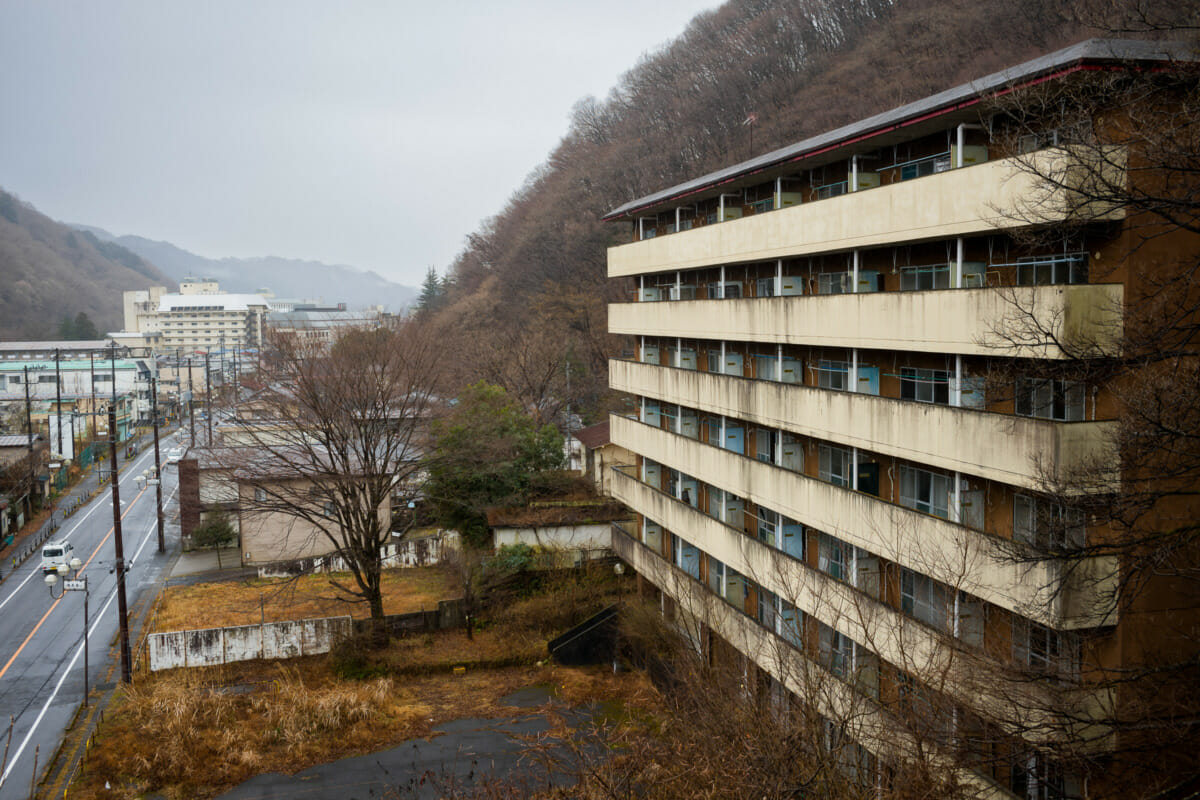
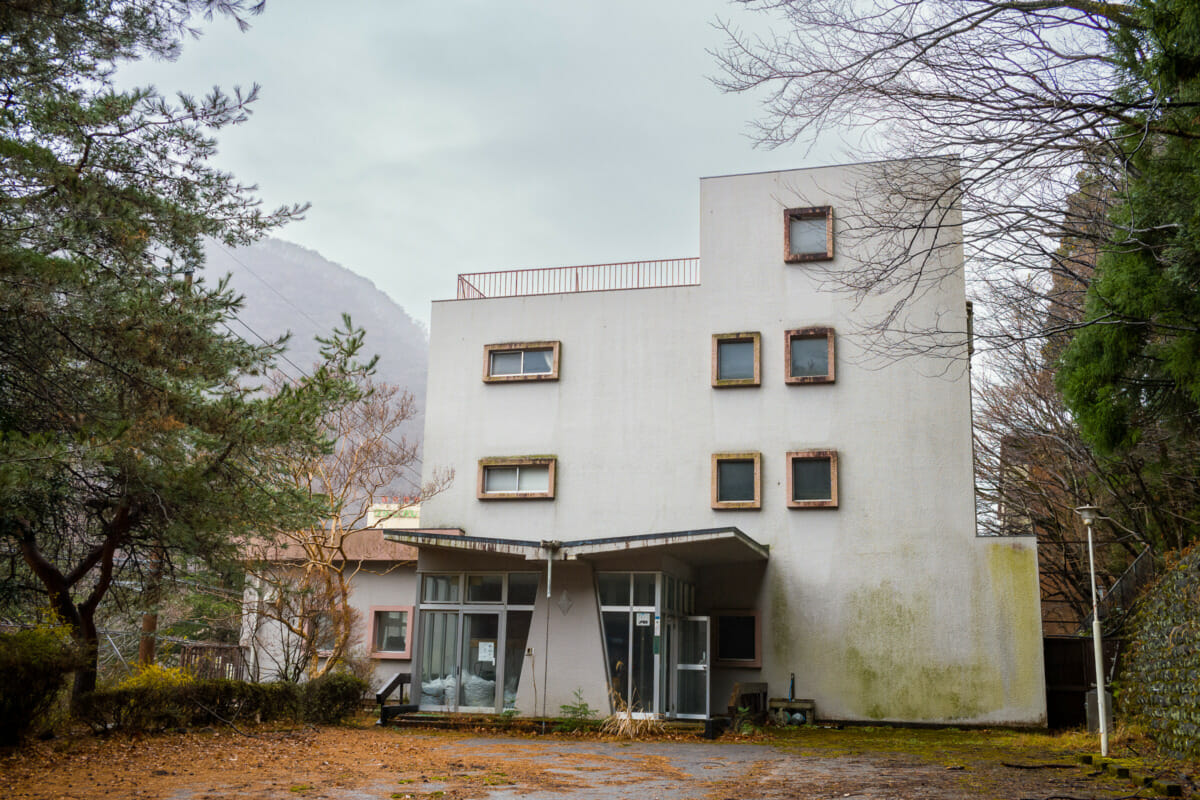
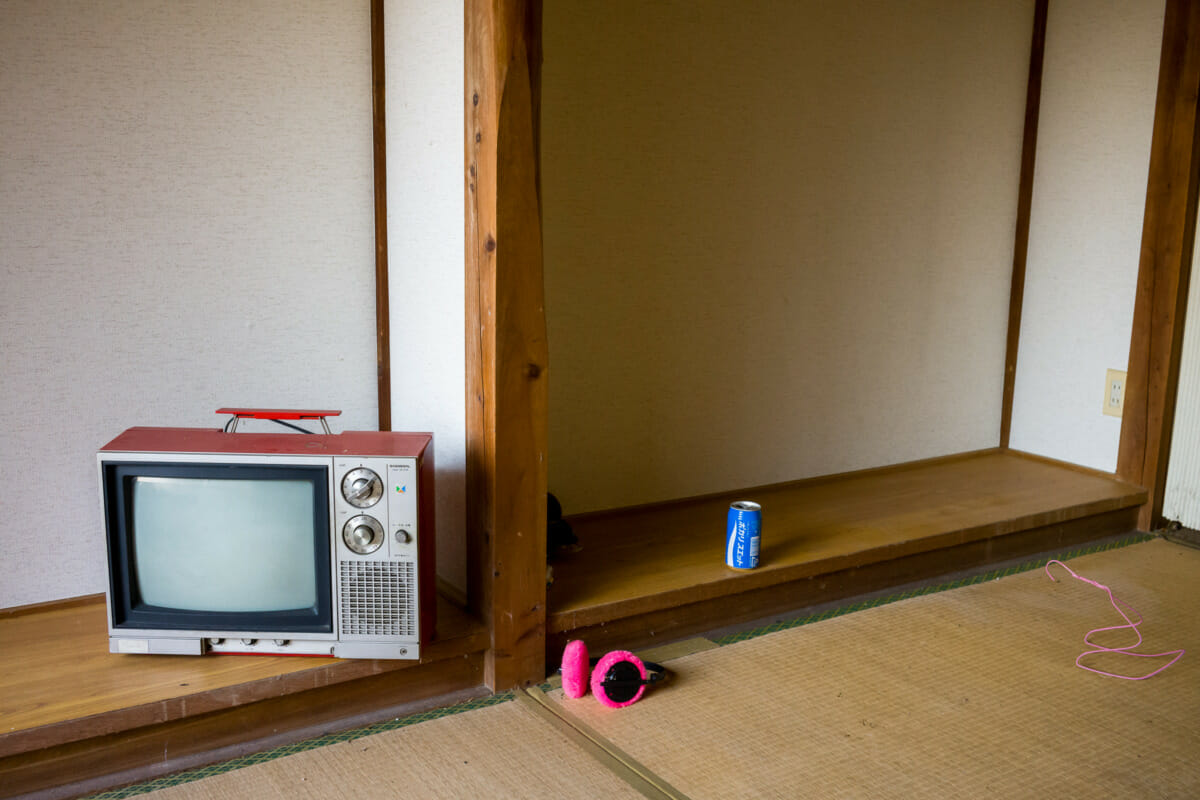

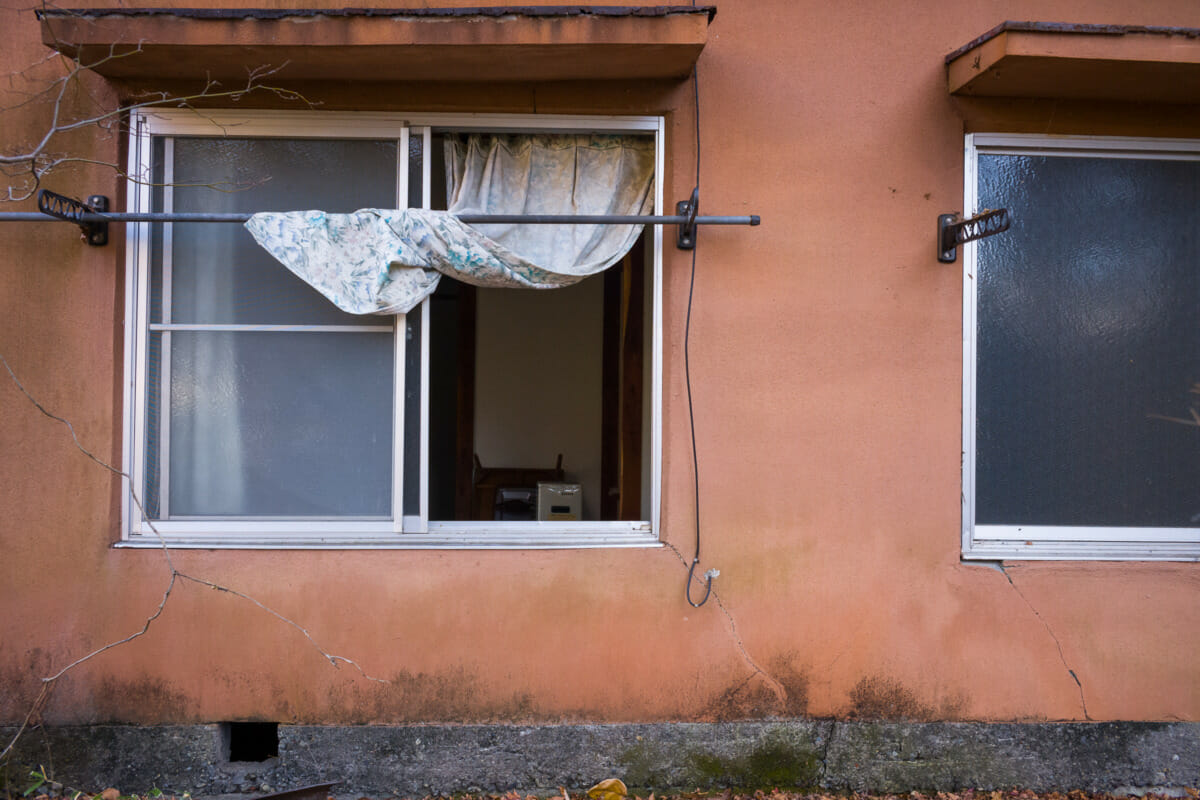
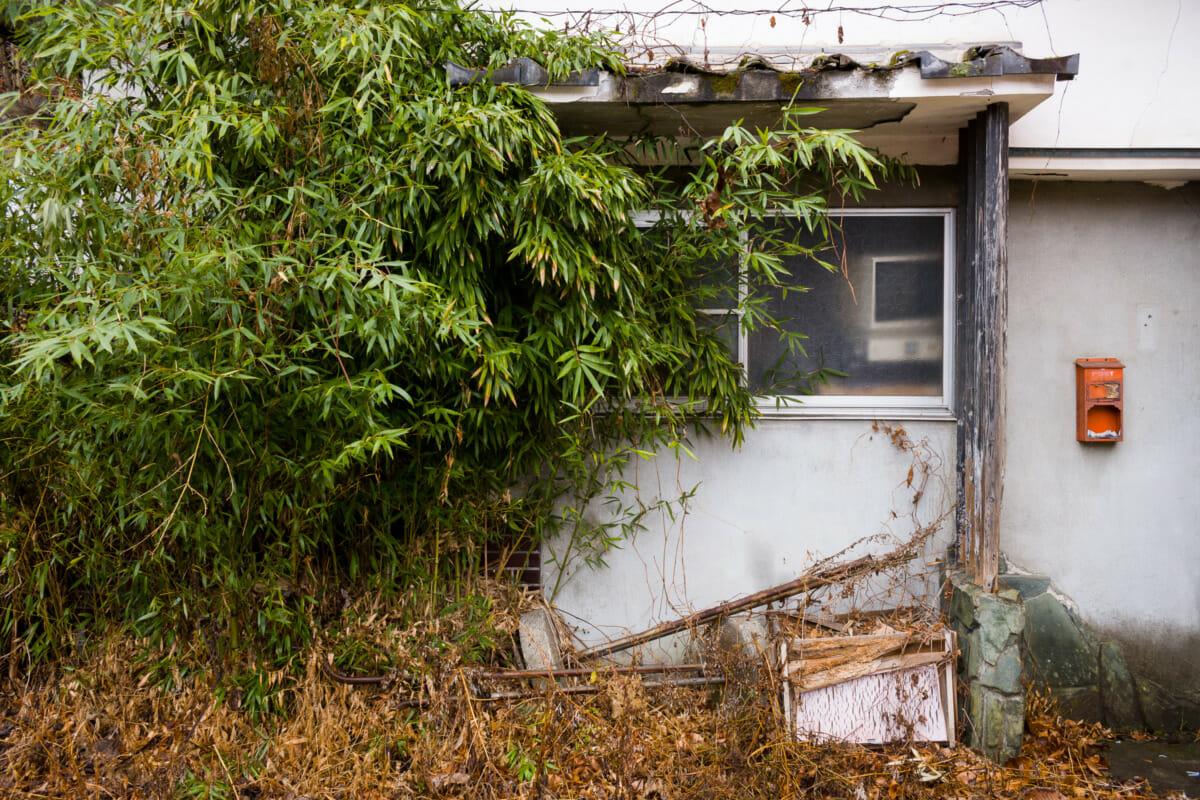
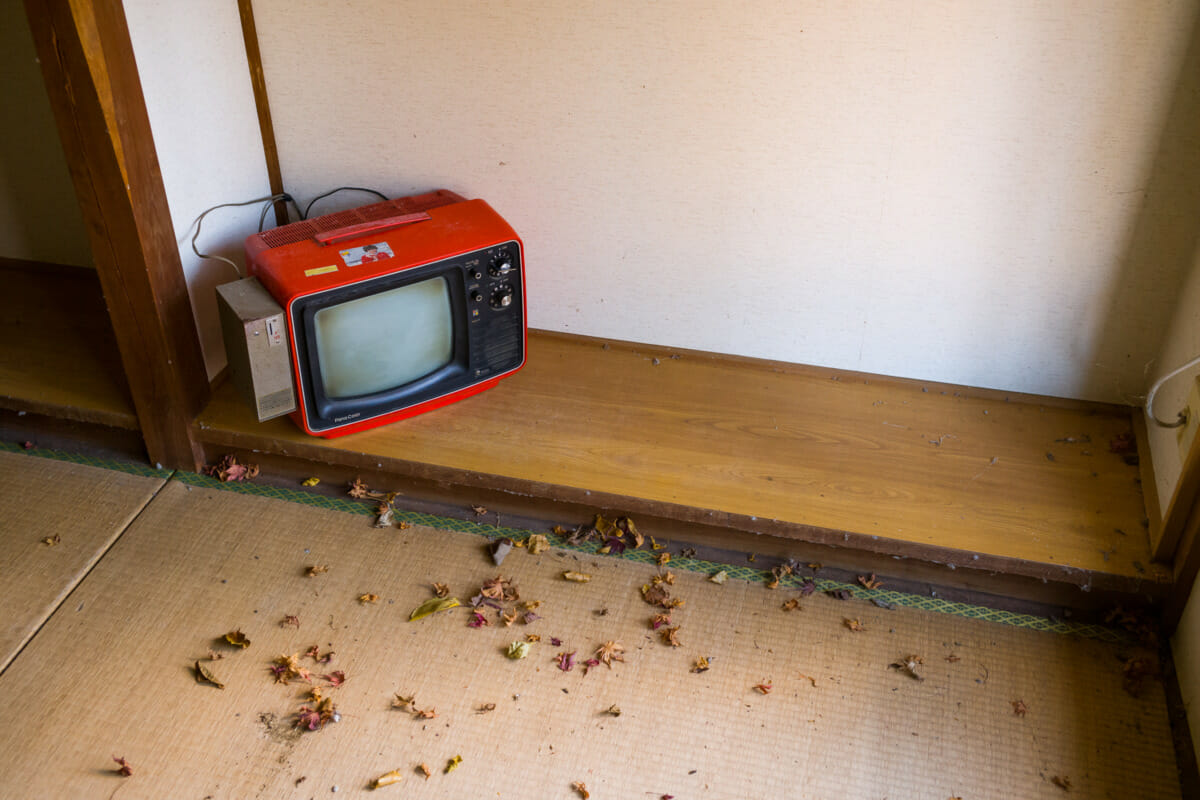
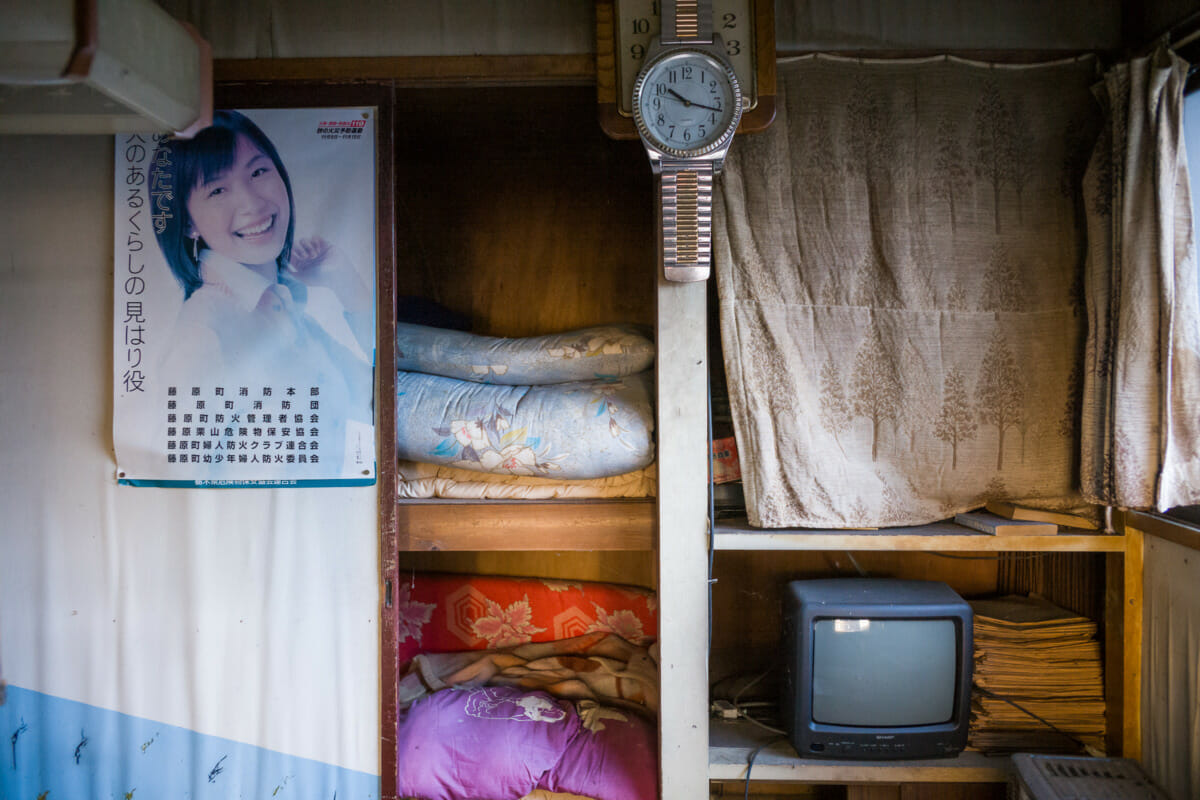
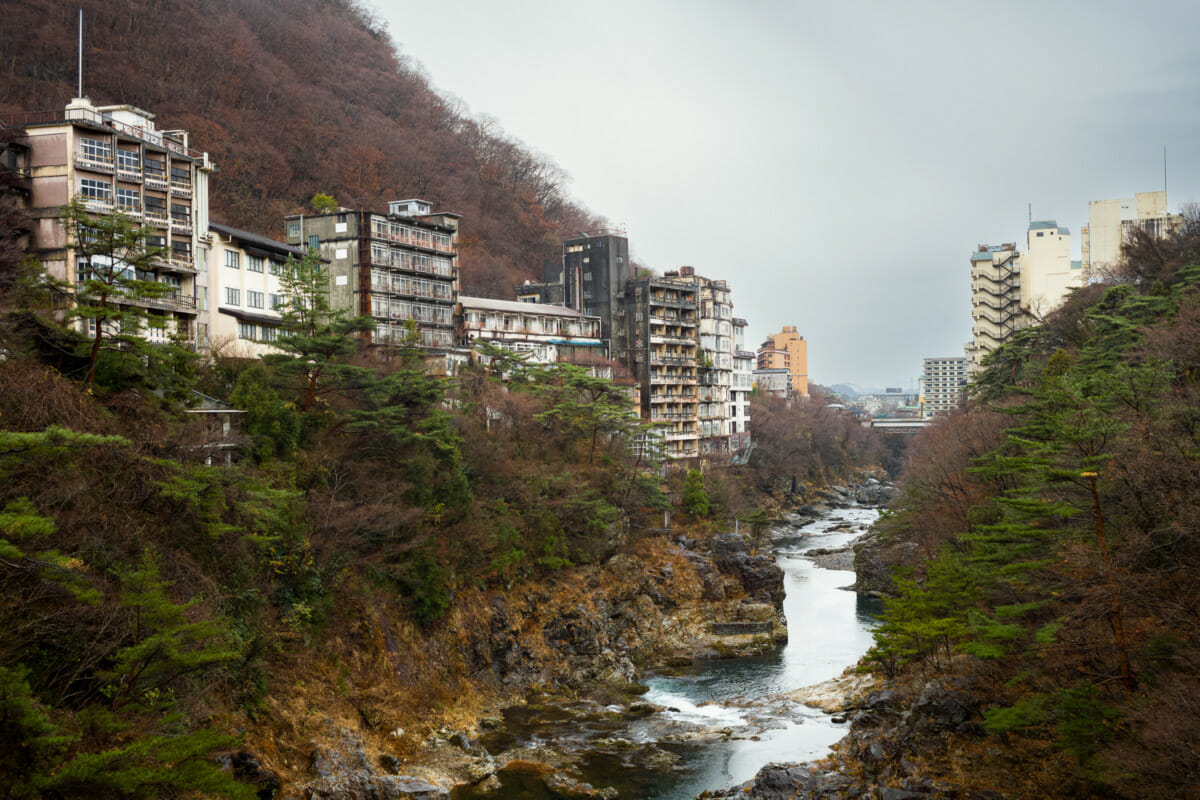
Richard says
My wife and I stayed in an onsen in a town like that in 2009 with her aunt and uncle. It was still in good shape at that time but many if not most of its guests were Chinese rather than Japanese tourists. If it wasn’t closed before Covid struck, I am sure it has been since. Even without the pandemic Japan’s declining population and stagnant wages would have brought the demise of these places. Will the countryside be littered with these largely abandoned towns?
Lee says
Yes, there are a lot of factors involved, and the pandemic will have only sped things up. But yeah, I think that’s the future, a future that in many places is already here…
Sean says
Awesome photos but man that town is bleak. Kinda reminds me of the new Last of Us tv show.
Lee says
Thanks a lot. It is bleak, especially on such a murky day. And yeah, definitely elements of that in some parts of town.
Andrew H says
That August calendar looks to be from 1999?
Love the colours in shot 4 of the TV unit. Great that the remote control hasn’t gone missing!
Lee says
Yes, that’s right. Those rooms have stood silent for a long time.
Cheers. The colours really were lovely, and the light from outside nice and soft. I know eh? Perhaps because there was no sofa for it fall behind!
Günter says
These are very melancholic photographs. I find it interesting but I would not want to stay there.
Lee says
There’s definitely a melancholy air about the place, but it’s nonetheless fascinating to stay there both because of and despite that.
cdilla says
Whilst there is a bit of a grim cast to this fine collection of photographs, the outdoor ones especially bring back pleasant memories of times when my friends and I would wander damp late autumn woodlands, hair wet with the constant mizzle, muddy shoes and bruised limbs from failing to grip tightly enough to the slippy trees we would try to scale. Still a favourite time of year for me – the october country we used to call it.
What a lovely mah-jong table. Having recently rewatched Josee, the Tiger and the Fish (the 2003 film) and seen them in the opening scenes in a mah-jong parlour I found myself browsing Mr Ma’s online bazzar and wondering whether £1000+ and £250 postage was a possibility (no of course it isn’t). Still I enjoyed seeing the one you came across.
Lee says
Yes, I thoroughly enjoyed myself there. The weather certainly helped in that respect too. Suitably overcast but thankfully dry most of the time.
There were several of those tables. I could have made a small fortune. Although how on earth I’d have taken them out, let alone away, I don’t know!